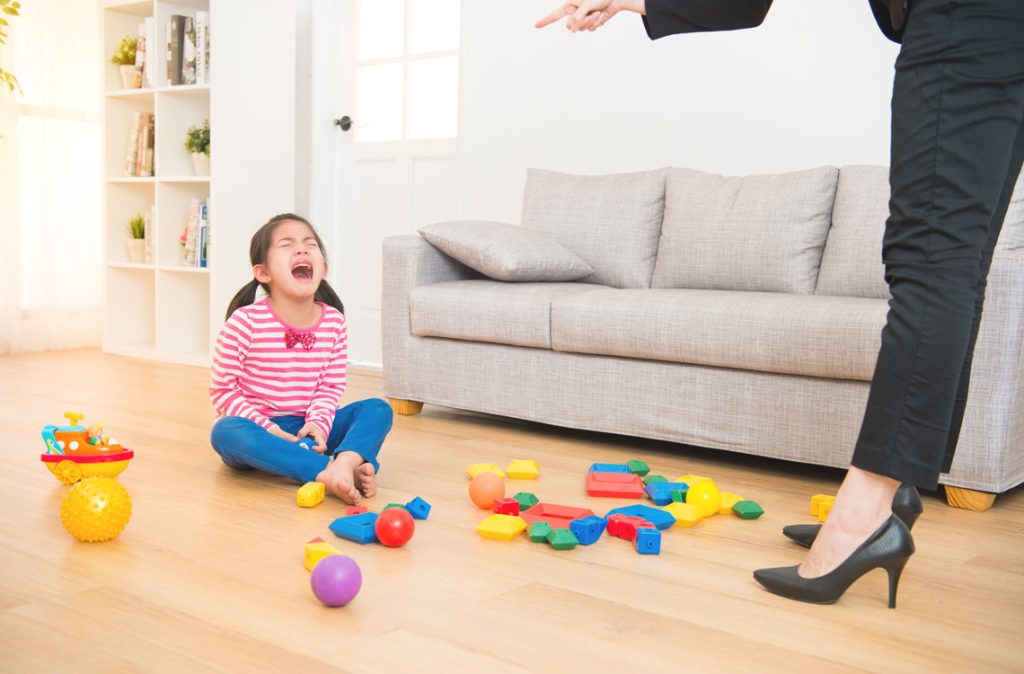To adults, a child’s insistence on carrying a tattered blanket everywhere or refusing to part with a beloved bottle might look trivial.
To the child, though, these objects are more than comfort—they are control.
In a world where most decisions are made for them, children learn early that certain attachments can’t easily be negotiated away.
When they clutch a toy or cry for their blanket, they’re not only seeking comfort but also exercising one of their first forms of rebellion.
Why Children Cling So Fiercely
Attachment objects, often called transitional items, serve an important psychological purpose.
They help children manage anxiety, soothe themselves in stressful moments, and bridge the gap between dependence and independence.
But beyond comfort, these objects represent one of the few things in life a child can fully claim as theirs.
Parents might dictate bedtime, meals, and routines, but the blanket? The bottle? The stuffed animal with the worn ear? Those belong to the child, and that ownership is powerful.
Any parent who has tried to wash a favourite blanket or “retire” an old bottle knows the strength of a child’s resistance. The tears, the tantrums, the negotiations—these are not just about the item itself.
They are about autonomy. In many ways, these early power struggles foreshadow the larger negotiations of childhood and adolescence. Refusing to let go of a toy becomes practice for asserting control later.
Whether it’s about clothing choices, friendships, or curfews.
Comfort Meets Rebellion
There is a paradox at play. The very objects that soothe children also become the battlegrounds for their earliest rebellions.
When a child drags a filthy stuffed animal everywhere, parents may cringe at the germs, but the child sees no problem.
When a toddler demands a bottle long after paediatricians suggest moving on, it’s not just about the drink—it’s about resisting change imposed by someone else.
The comfort object turns into a statement: “This is mine, and I decide what happens to it.”
Lessons in Control and Letting Go
Parents often feel pressure to wean children off these attachments early, sometimes due to cultural norms or outside judgement.
No one wants to hear that their child is “too old” for a blanket or bottle.
And so begins the parental tug-of-war.
Between allowing a child to hold onto something that provides security and nudging them toward what seems like independence.
But when parents push too hard, too soon, the resistance grows.
What could have been a gentle transition becomes a prolonged battle of wills.
When children insist on keeping their blanket, toy, or bottle, they are testing their voice in a world much bigger than them.
They are learning how to stand their ground, how to say no, and how to resist pressure.
Parents, on the other hand, are faced with the challenge of deciding which battles are worth fighting.
Sometimes, surrendering the fight over a stuffed rabbit can save energy for the bigger lessons of discipline and growth.
Reframing the Rebellion
Instead of seeing attachment as defiance, parents might reframe it as a child’s healthy exploration of control.
After all, autonomy is a skill every human needs to develop.
Clinging to a toy may feel inconvenient, but it is also practice for self-advocacy.
And unlike some forms of rebellion that come later—like sneaking out or slamming doors—this one is relatively harmless.
Recognising the positive side of these small acts can ease parental frustration and allows parents to nurture (instead of suppress) their child’s autonomy.
Not all societies treat attachment objects the same way.
In some cultures, children are encouraged to hold onto comforting items for as long as they like.
In other cultures, early independence is prized.
Western parenting often frames prolonged attachment as weakness, but that perspective isn’t universal.
Examining the cultural lens helps parents question whether their rush to end attachments is really about the child’s needs—or about external judgement.
The Battle for Autonomy
As frustrating as it could be, object attachment should be seen as a positive milestone in your little one’s growing-up journey.
That favourite toy that they cling to – it’s how they build and maintain their new identities as participants in the world that you have brought them in.
When a child clings to a blanket, toy, or bottle, it may look like stubbornness, but it is really their first act of control in a life largely dictated by others.
These attachments serve as comfort, yes, but they also serve as a rehearsal for independence.
So, instead of rushing to end them, parents might consider what lessons their child is really practising.
In the end, that scruffy stuffed animal may be more than a toy—it may be the first symbol of a child learning to claim their own voice.
Disclaimer: The information provided in this article is for informational purposes only and should not be considered as medical advice from Motherhood. For any health-related concerns, it is advisable to consult with a qualified healthcare professional or medical practitioner.
For more insightful stories and parenting advice, stay tuned to Motherhood.sg!
